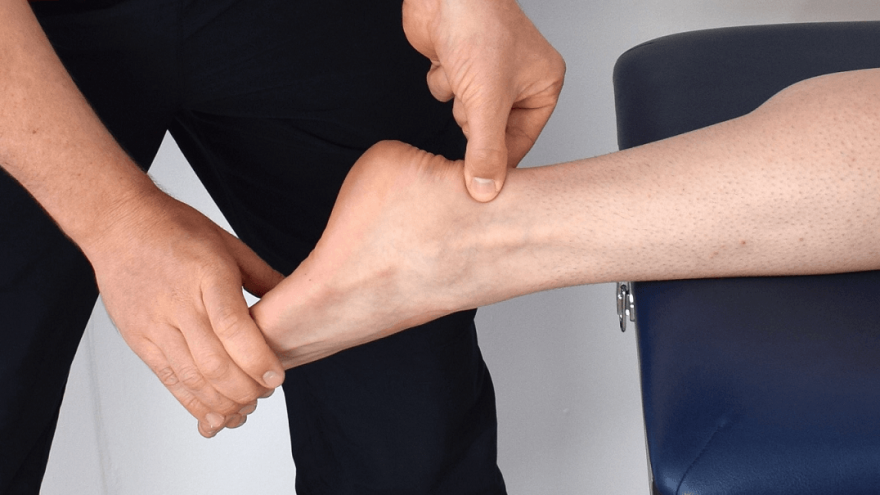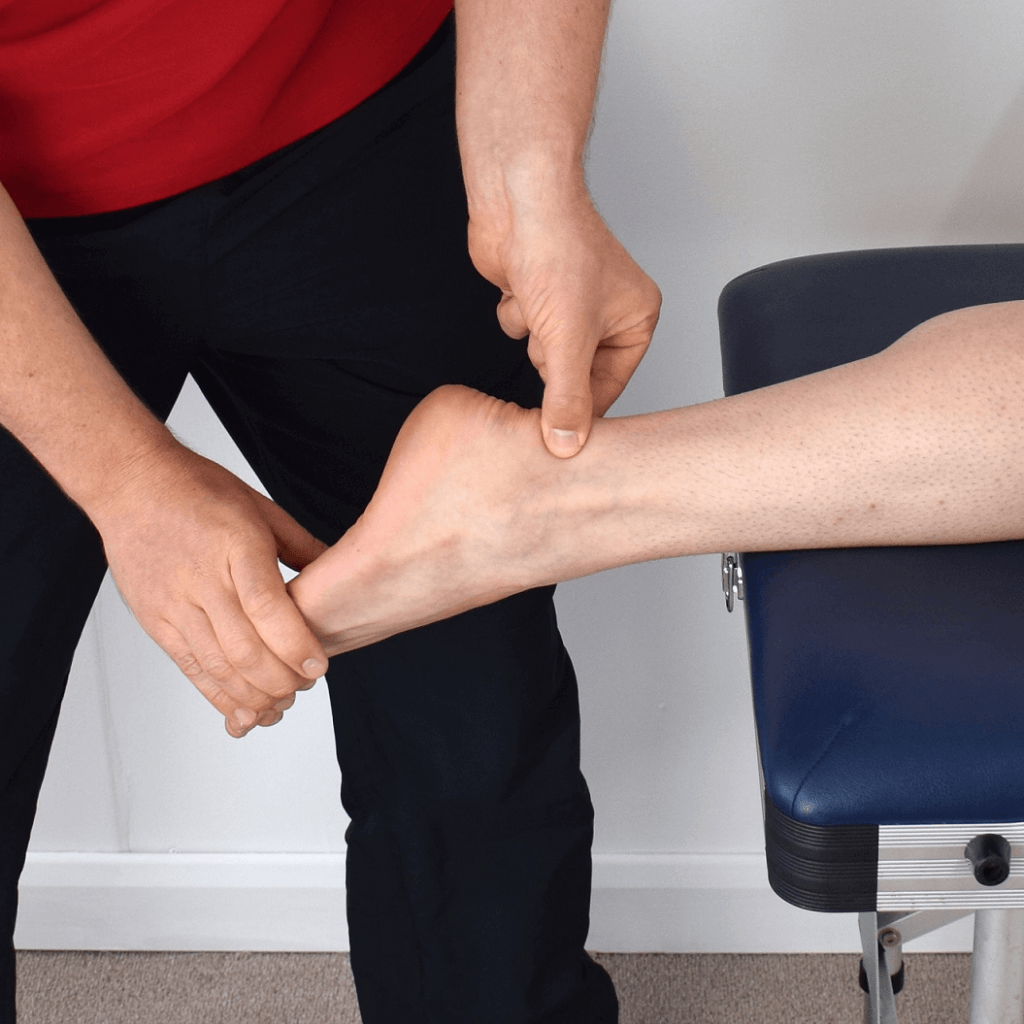The Link Between Achilles Tendons And Running Economy

As runners, we spend a lot of time prepping our muscles for and helping it recover from the rigors of running. We stretch, we strengthen, we foam roll and we rest.

But did you know that looking after the health of your connective tissue, which includes tendons and ligaments, is equally important? Especially if you’re a beginner runner or in the process of upping your weekly mileage for a goal race? Neglecting to do so not only increases your risk of injury, but may even impact your running economy and, ultimately, your running performance too.
Achilles Tendon 101
First off, let’s just remind ourselves what the function of the Achilles tendon is. Located at the back of the ankles, the Achilles tendon connects the calf muscles to the heel bone. Here, they transmit the force that is generated by the calf muscles, thereby enabling your joints, and ultimately also your legs, to move.

The Achilles tendon is the thickest tendon in the body and, sadly for runners, also one that is prone to injury. Why? Because while our muscles tend to adapt to an increased workload relatively quickly, connective tissue doesn’t. And if you allow the rate at which you increase your training workload to surpass that of the ability of your connective tissue to adapt, the end-result could be injury. Common Achilles tendon injuries include tendinitis, tendinosis, and complete rupture. The former of these conditions is caused by overuse and goes hand in hand with painful inflammation. Achilles tendinosis, on the other hand, is a degenerative condition that is also chronically painful, without the inflammation.
The link between Achilles tendons and running economy
So what exactly is the link between the Achilles tendons and running economy?

How to look after your Achilles tendons
So is there anything you can proactively do to improve your Achilles tendons’ stiffness and overall health? Yes, there is! Both (smart!) running and resistance training can improve the overall stiffness of tendons. Supplement this with regular sessions on the wobble board, as well as resistance band training to strengthen the entire kinetic chain. This should contribute to a lower risk of tendon inflammation and damage.
As far as stretching goes, many believe that Isolated Active Stretching or IAS, can be beneficial to the muscle-tendon transition zone. Since this method of stretching sidesteps the stretch reflex, it is also believed to minimize strain in this rather sensitive zone.
Sources
- , Age-related changes in mechanical properties of the Achilles tendon, Online publication
- , Running Economy from a Muscle Energetics Perspective, Scientific journal
- , How much energy does your Achilles tendon store?, Online publication
- , A runner's guide to connective tissue, Online publication
Latest Articles
 Is Running on a Treadmill Easier Than Running Outside?Runners have their own preferences, whether it is treadmill running, running outside on the road, or exploring trails. So...
Is Running on a Treadmill Easier Than Running Outside?Runners have their own preferences, whether it is treadmill running, running outside on the road, or exploring trails. So... Is It OK to Use Trail Running Shoes on the Road?While trail running shoes can be used on roads, especially in situations where a runner encounters mixed terrains or pref...
Is It OK to Use Trail Running Shoes on the Road?While trail running shoes can be used on roads, especially in situations where a runner encounters mixed terrains or pref... How to Fix Sore Quads After Running?Rest, ice, gentle stretching, and over-the-counter pain relievers can help soothe sore quads after running. Also, ensure ...
How to Fix Sore Quads After Running?Rest, ice, gentle stretching, and over-the-counter pain relievers can help soothe sore quads after running. Also, ensure ... 10 Fruits With The Most Electrolytes to Replace Sports DrinksThese fruits are high in electrolytes such as potassium, magnesium, and calcium, essential for hydration, muscle function...
10 Fruits With The Most Electrolytes to Replace Sports DrinksThese fruits are high in electrolytes such as potassium, magnesium, and calcium, essential for hydration, muscle function...

